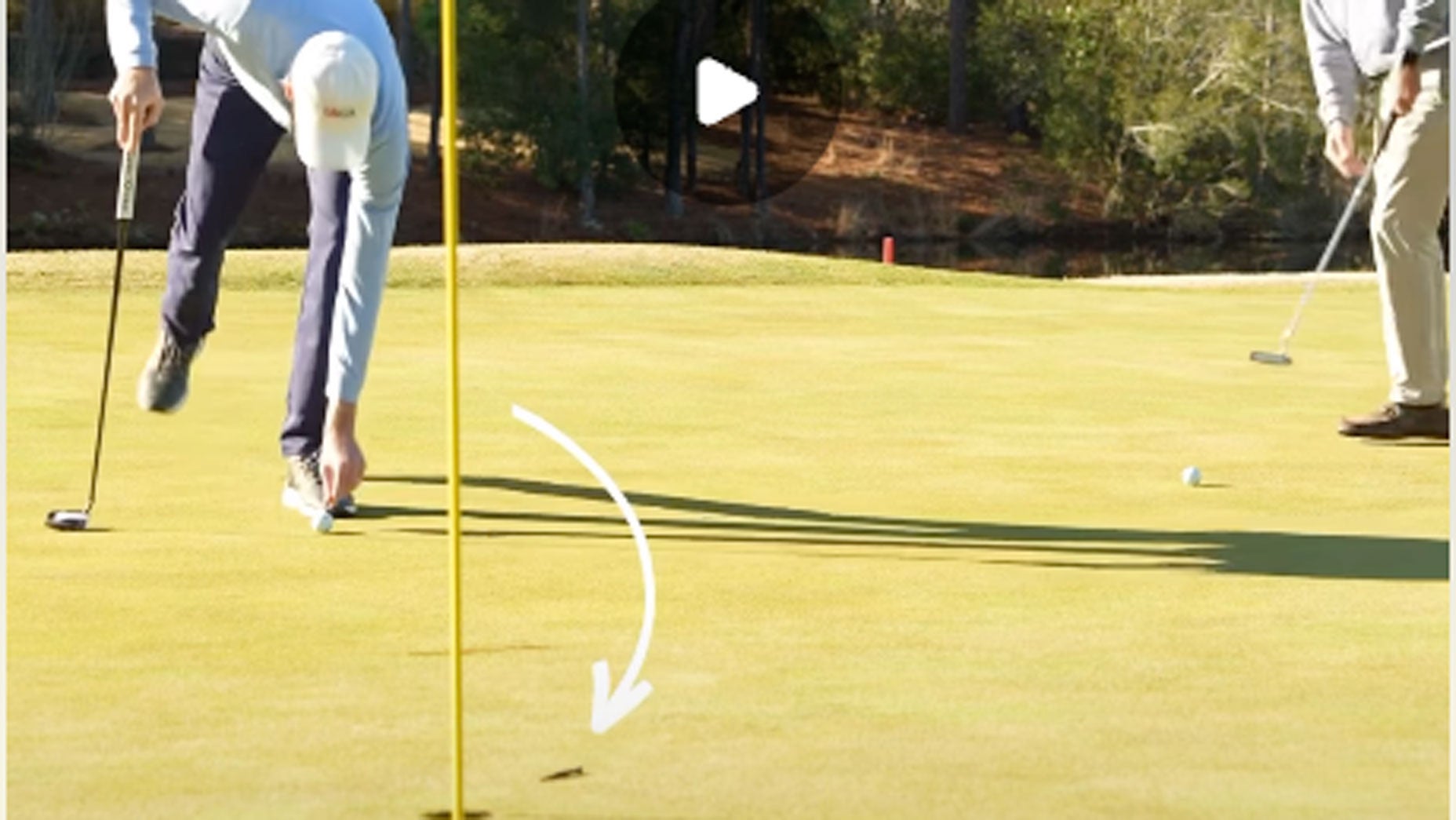If you’re one of the more than 3.2 million golfers in this country who keep a handicap, you know how simple the process is: You tally up your shots, post your score, and the World Handicap System (WHS) tracks everything for you. (Don’t have a handicap? You can get one here).
You can do this for almost any round you play almost anywhere in the world, whether it’s 9 or 18 holes, or some number of holes in between.
You can even do it on par-3 and executive layouts, which are increasingly popular these days.
All of this has been made possible by updates to the WHS that went into effect at the start of this year. Under the revisions, the system not only has a better way of handling shorter rounds (when you don’t get in all 18). It also has a new way of handling shorter courses; the length requirement for inclusion in the WHS has been significantly reduced, with courses as short as 750 yards and 1,500 yards for 18 holes brought into the fold. The upshot of these changes is that the WHS is more accurate than ever, and more reflective of how the game is played today.
Short courses are now a part of the World Handicap System. Here are 5 reasons why that’s good newsBy: Jessica Marksbury
This is good news for golfers. You should be happy. Scott Hovde is, even though it means more work for him. Hovde is the director of course rating and handicap research for the USGA, which means he is in charge of — you guessed it — rating courses, a term that often sparks confusion.
“When we say ‘rating,’ a lot of people assume that we’re talking about quality,” Hovde says. “We’re not. We’re talking about difficulty.”
Quality is subjective (course rankings are a matter of opinion). Difficulty isn’t. Difficulty can be measured. The tool for doing so is the Course Rating System, which assigns two numbers, a Course Rating and a Slope Rating, both of which get listed on the scorecard.
What do they mean?
Plainly put, the course rating tells you how difficult a course is for a scratch player, while the slope rating measures the relative difficulty of that same course (compared to a scratch golfer) for a non-scratch player.
Arriving at these numbers involves a fair amount of math (not Einstein-level math, but more than a lot of us have done since high school) and long hours of careful observation. Hence the extra work that Hovde’s up against these days.
Because a course must be rated before it can be part of the WHS, one of Hovde’s pressing tasks is to have every short course in the country rated (to date, roughly 300, or about half, of them have them have been rated; the rest should be completed by the end of next year). He isn’t doing this alone. He’s been joined in the effort by some 1,200 course raters at local golf associations around the country. For months now, these experts have been following rigorous procedure, inspecting every nook and cranny of the courses they visit, measuring distances to hazards, the size and shape of greens, the width of landing areas, and on.
Hundreds of variables are taken into account on every hole, from the firmness of the turf to the fierceness of the prevailing wind, with obstacles divided into categories (bunkers, trees, water, rough, etc.) and assigned a degree of difficulty on a scale of zero to 10. Raters don’t just look at the severity of an obstacle (like, say, the depth or steepness of a bunker) but also at where it sits in relation to the intended target for both scratch and bogey golfers.
It is, in short, the same way that championship courses get rated, on a smaller scale. And the more you learn about it, the clearer it becomes.
Don’t take our word for it, though. Listen to Hovde.
Last month, we followed him and a team of experts as they rated the 3s, a par-3 course in Greenville, S.C, and we lobbed a lot of questions along way. The result is the video (above) that explains the course rating process.










